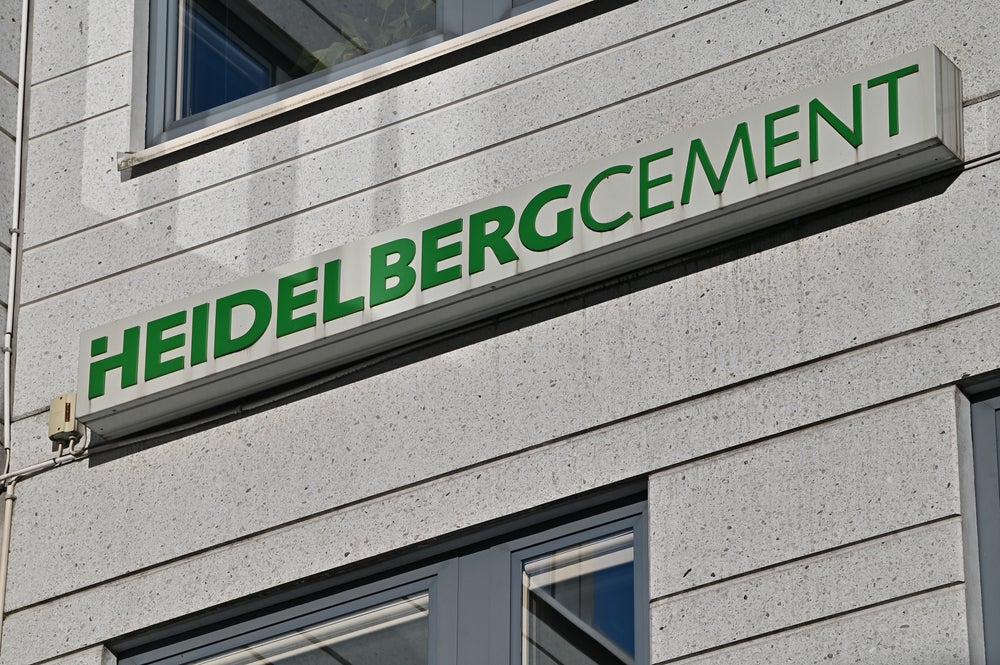Corporate incentives are often a topic of heated political debate, with many viewing them as providing companies, often foreign ones, with an unfair, discriminatory advantage given that domestic investors are denied this ‘red carpet’ treatment. Economic development organisations (EDOs), investment promotion agencies (IPAs) and the public look on while big deals are given to companies such as Google, Microsoft, Amazon, GM or Novartis, and assume that this ‘corporate welfare’ is what drives corporate decision-making.
But why do governments provide incentives at all? There are many reasons. Governments often feel that without incentives they will not be able to attract foreign direct investment (FDI) or they will lose out to competing locations offering a better business environment. In some cases governments want to attract FDI in specific industries in which they do not have a strong track record or want to steer investments to certain regions where there are, for example, high levels of unemployment or economically deprived regions (as was the case with specific EU policies in former eastern European countries through structural funds).
[Keep up with Investment Monitor: Subscribe to our weekly newsletter]
More recently incentives have been adopted to diversify economies and generate growth in, for example, non-oil-related industries in countries in the Gulf. Whatever the reasons, policymakers go to great lengths to lobby governments and develop specific incentives available to corporate investors.
Which types of incentive are available?
There are many types of incentives available for corporate investors, and they can be categorised as fiscal, non-fiscal, discretionary, financial and non-financial incentives. The most common type of incentives are corporate income tax (CIT) exemptions with or without a specific time horizon. The table below provides an overview of fiscal and financial incentives.
How well do you really know your competitors?
Access the most comprehensive Company Profiles on the market, powered by GlobalData. Save hours of research. Gain competitive edge.

Thank you!
Your download email will arrive shortly
Not ready to buy yet? Download a free sample
We are confident about the unique quality of our Company Profiles. However, we want you to make the most beneficial decision for your business, so we offer a free sample that you can download by submitting the below form
By GlobalDataIncentives are one of the raisons d’être of free zones or special economic zones, and without incentives it is less appealing for companies to set up shop within a free zone, although it is important to note that many of the successful free zones offer more than just an incentive package combined with a real estate solution to tenants. Examples of some of these new forms of incentives are provided in the table below.
More recently, governments have started to distinguish between locational incentives (i.e. to steer or attract investment info favoured sectors or regions) and behavioural incentives (i.e. to influence the character, nature and quality of such investments). The difference between locational incentives and behavioural incentives reflects a difference in policy objectives. Locational incentives are purely aimed at poaching investors into the host country, while behavioural incentives are meant to entice investors to engage in certain sectors or business activities that result in higher benefits or increased levels of economic development for a country – for instance, productivity gains, economic diversification and skills development, and more recently to attract sustainable FDI or FDI projects that contribute to countries reaching the UN Sustainable Development Goals by their 2030 target.
Can incentives act as a dealmaker?
The public often sees companies negotiate incentives with mostly local governments in what can be called locational tournaments. This is often more apparent in the US than elsewhere. Broadly, incentives do not drive FDI and location decisions. No company is going to set up shop and invest tens of millions of dollars in a facility in a location just because it sprung for a million-dollar tax break. However, as with anything of this nature, the truth is a little more complicated.
No company is going to set up shop and invest tens of millions of dollars in a facility in a location just because it sprung for a million-dollar tax break.
Companies go through a site-selection process that varies in its sophistication, but which basically transforms business needs into location requirements and then uses these to progressively narrow the choice down to a shortlist of three to five candidate locations. (In other words it carefully assesses and benchmarks the business environment of a large number of locations at country and city or regional level.)
In this process a company often interacts with an IPA or EDO and requests information, which it then integrates into its modelling. That is it. The requirements for workforce, proximity, cost and a host of other business requirements drive the location decision. Incentives are often the ‘tip of the iceberg’ or ‘dessert’, and this is where they should be positioned. In many industries the search for talent and a skilled labour force is critical to any FDI project and this is often the threshold factor that drives the location decisions, regardless of the volume and type of financial or fiscal incentives offered by the IPA or EDO.
However, there comes a time at the end of the process when the list of candidates becomes quite short, and the differences between them become smaller. With all things more or less equal, incentives then become the opportunity for cities or countries to differentiate themselves.
Coincidentally, this is also the point at which the company or its consultants re-establish contact with the IPAs or EDOs to let them know they have made the shortlist. As this contact comes at the same time that facilities and incentive questions become relevant, IPA officials and the public then assume that these are what drive investment decisions.
What type of incentives should an investor look for?
For many EDOs and IPAs the key questions – how much do we need to give to companies in the form of tax credits, grants, forgivable loans and the like, and is this sufficient? – come up constantly in the interaction with corporate investors. For corporate investors it is key to stay alert, as many incentive programmes are very similar. It is like going to McDonald’s; wherever you go in the world you more or less get the same menu. Similarly, there is often a mismatch between the incentives that governments offer and the ones that companies would like to see offered.
What is critical is to have an incentive for your FDI project that matches your business case and the requirements of the industry you operate in.
What is critical is to have an incentive for your FDI project that matches your business case and the requirements of the industry you operate in, as well as the time horizon of your FDI project. For instance, why accept a CIT exemption on an FDI project for ten years if you will only start to make profits after five years.
Also be aware of why incentives are offered by a government, and ask yourself: ‘What’s the catch?’. A competitive, stable, predictable and transparent business environment is worth much more than a huge one-off cash grant that evaporates over time if other critical policies are not in place, or if they change. In particular this applies to incentive policies. Before focusing too much on the incentives, companies must clearly understand whether the incentive policy will be in place over time and how easy it is to comply with the eligibility criteria to qualify for the incentives. They must also know what the bureaucratic process looks like (this is especially true for SMEs, which often lack the resources to go through a lengthy, complicated incentive award process). Increasingly, companies should explore ‘soft incentives’, such as the level and quality of support provided by the IPA and its staff, not only during the negotiations but also after operations have started.
For US companies expanding overseas it is important to be aware that the locational tournaments that take place in the US – such as those that happen with Amazon, for example – are less common outside the US. In many countries in western Europe, the strength and competitiveness of the business environment is regarded as an incentive. These countries are a characterised by predictable and politically stable business environment, a high quality of life, a highly educated, flexible and skilled labour force, and excellent hard and soft infrastructure.
Such a competitive business environment often comes with higher tax rates, for both the business and the individual. However, one cannot expect to be provided with a well-educated labour force and a solid and predictable labour market policy and education system without a supportive tax regime. In addition, a strong education system, infrastructure and quality of life at least shows that taxpayers’ money is being spent wisely. In contrast, incentives can always be replicated relatively easily across countries, but this is not the case for education systems, highly skilled labour forces and efficient infrastructures. These factors take much more time for a country to develop, and those that perform well by this criteria consider such attractions to be an incentive.
Building long-term partnerships
Instead of a zero-sum game that drains the location of funds when it ‘bribes’ a company, incentive negotiations can present an opportunity for countries to get more of what they need from the private sector. The country, region or city needs to say this is what we are willing to invest in you (in the form of incentives) and this is what we expect in return. We will be holding you to this.
In addition, for companies it is also better to start building a long-term partnership with the IPA and government of the destination location, and endless negotiations that often lead to a race to the bottom do little to enhance such a partnership. At the end of the day corporate investors need the support of an IPA and government to foster their long-term investment strategies in the host country. Perhaps financial incentives will diminish as the effects of the recent Covid-19 stimulus packages in various countries start to hit budgets and governments feel the need to increase revenues. A good relationship with an IPA and government will then become essential.
To put it another way, communities can use the incentive process to accentuate their natural advantages and build strong ties between community and company.
Feature photo by Joseph Eid/AFP via Getty Images









Related Company Profiles
CI&T Inc
F.D.I Co.,Ltd
Ipas Spa
IPA
AFP Inc